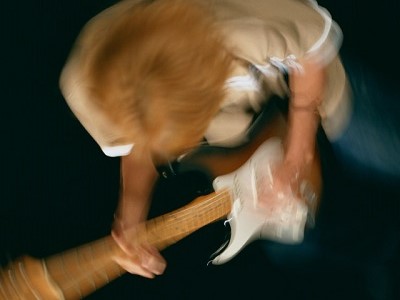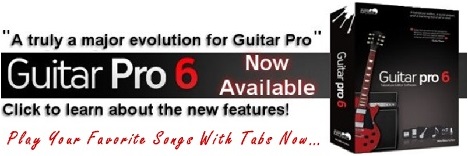Alternative Tunings You Can Explore in Heavy Metal
If there is any music style that has absolutely no limits and has no fear of treading new territory, or adding new instrumentation or vocal techniques, it is heavy metal.

There are dozens of ways to tune your guitar, and in heavy metal, you are free to choose whichever one you please. Today we will discuss some of the most popular alternative tunings used in heavy metal today, and also go over the pros and cons of each.
Drop D Tuning
First off, we will start with the most basic tuning; drop D. With drop D tuning, you simply drop your low E string back a full step to D. The great thing about drop tunings is that they make chords easy.
To make a power chord all you have to do is simply par your finger over the lowest three strings on any fret. Octaves are also a bit easier for the D string, as they are only one string apart in the same position.
The dropped D guitar tuning is utilized by bands such as The Haunted, Lamb of God, early Trivium and Volbeat. Although it is not a specifically low tuning, drop D can be heavy and aggressive depending on your playing style. This however is a drawback for anyone who wants to play low tuned, devastating heavy metal.
Standard D Tuning
Next up is D standard tuning. This tuning is, from lowest to highest D, G, C, F, A, D. Standard D tuning is one of my own personal favorite six string tunings as it can be extremely tight and aggressive. This tuning is favored not for its lower register (as it isn’t that low) but for its naturally progressive tone.
By only losing two half notes, you can still achieve a higher register worthy of leads and still make devastating barred power chords. Bands that play in this tuning include Symphony X, Death, Children of Bodom, and All That Remains. Once more, the downside to this tuning is, not only the loss of notes, but its lack of ultra-low end for all of your low tuned players out there.
Drop C Tuning
Next is the drop C tuning, which is, from lowest to highest, C, G, C, F, A, D. This tuning is highly popular in the metalcore scene for its lowered C note, perfect for chugging rhythms and single note accented riffing. Just like drop D tuning, the dropped note makes larger chord shapes possible, which in turn can add depth and character to your riffs.
The downside for some musicians may be that this tuning is so average, but then again, for guitarists who love to play other bands music this tuning could be perfect. Bands that play in drop C include Killswitch Engage, Static X, Periphery, and Nonpoint. The downside to drop C is that once more you miss out on a full note.
These are some of the most basic tunings used in heavy metal guitar style today, but as with anything in music, experimentation, when done correctly, can bring fresh new results. If you find yourself getting bored with these alternate tunings, try coming up with your own.
Amazing musicians such as new age guitarist William Ackerman use almost all their own personal tunings, which are the results of hours of tinkering and tweaking. Remember to keep an open mind, and have fun experimenting with alternate tunings on guitar!
A Must-Have Tool For Every Guitarist…
Guitar Pro 6 enables you to see and hear exactly how a piece of music is played. Besides a full-fledged library to help you identify chords and fingerings, you can easily learn new songs from tabs! I highly recommend a copy of the software to people who are serious about learning the guitar.
Click here to download Guitar Pro 6 instantly now…







Leave A Comment